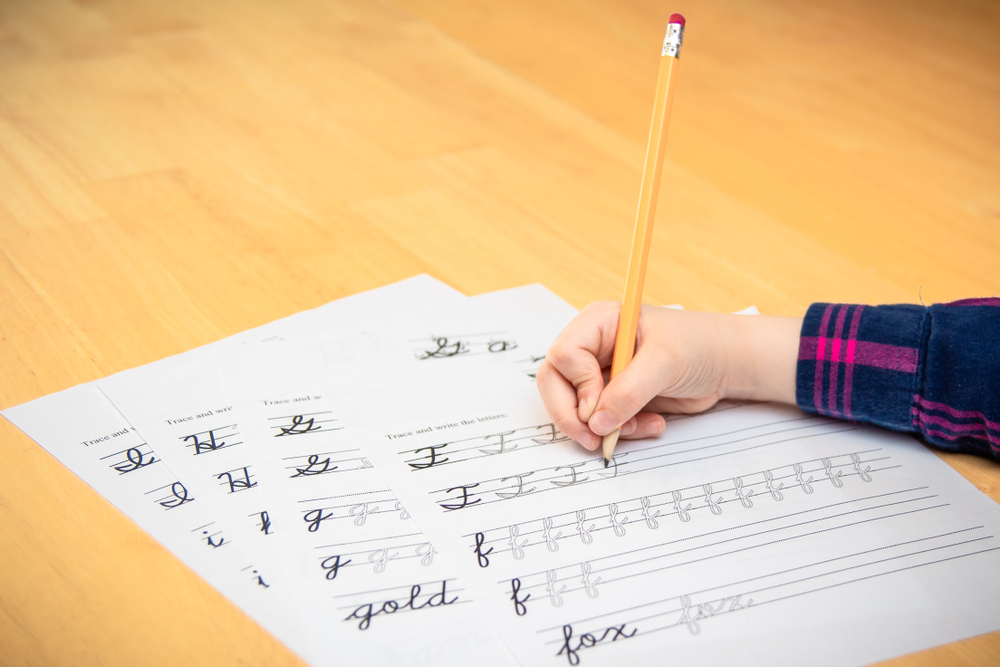Fine Motor Skills Extra Challenge Tracing Letters Worksheets for Ages 5-9
7 filtered results
-
From - To
Boost your child's fine motor skills with our Extra Challenge Tracing Letters Worksheets, designed for ages 5-9! These engaging and fun worksheets provide an effective way for kids to practice letter formation while enhancing their coordination and dexterity. Each worksheet features bold, outlined letters and creative designs that encourage meticulous tracing and help develop essential writing skills. As children navigate tracing challenges, they will gain confidence in their handwriting abilities and improve their concentration. Perfect for at-home learning or classroom settings, our fine motor skill worksheets are a wonderful resource to foster younger children's growth and developmental milestones.


Letter A Tracing Page


Letter Z Tracing Page


Letter R Tracing Page


Letter X Tracing Page


Letter U Tracing Page


Letter V Tracing Page


Letter T Tracing Page
Fine motor skills are essential for young children as they lay the foundation for many everyday tasks and later academic skills. The extra challenge of tracing letters for ages 5-9 strengthens these skills, which involve the coordination of small muscles in the hands and fingers. As children engage in tracing activities, they enhance their dexterity, hand-eye coordination, and grip strength. These skills are not only vital for writing but also for tasks such as buttoning clothes, using scissors, and tying shoelaces.
By prioritizing fine motor skills through challenges like letter tracing, parents and teachers are fostering greater independence in children. Improved motor control can help build confidence as children learn to express themselves in writing. Furthermore, tracing letters can serve as a fun, structured way for children to familiarize themselves with letters and words, reinforcing literacy knowledge alongside motor development.
Moreover, incorporating these activities aids in reducing frustration during early writing tasks by making them more manageable. By supporting these skills, adults can create a positive learning environment that emphasizes patience, persistence, and progress, ultimately empowering children to excel both creatively and academically. Engaging in fine motor skill activities is more than just learning to write; it is about nurturing capable, confident learners.
 Assign to My Students
Assign to My Students

















